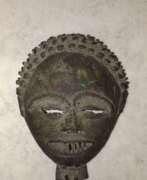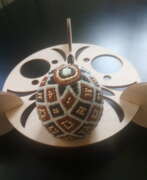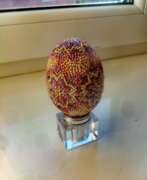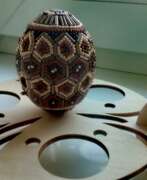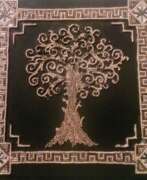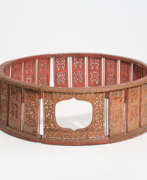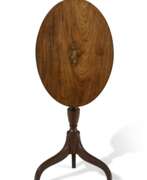Inlay
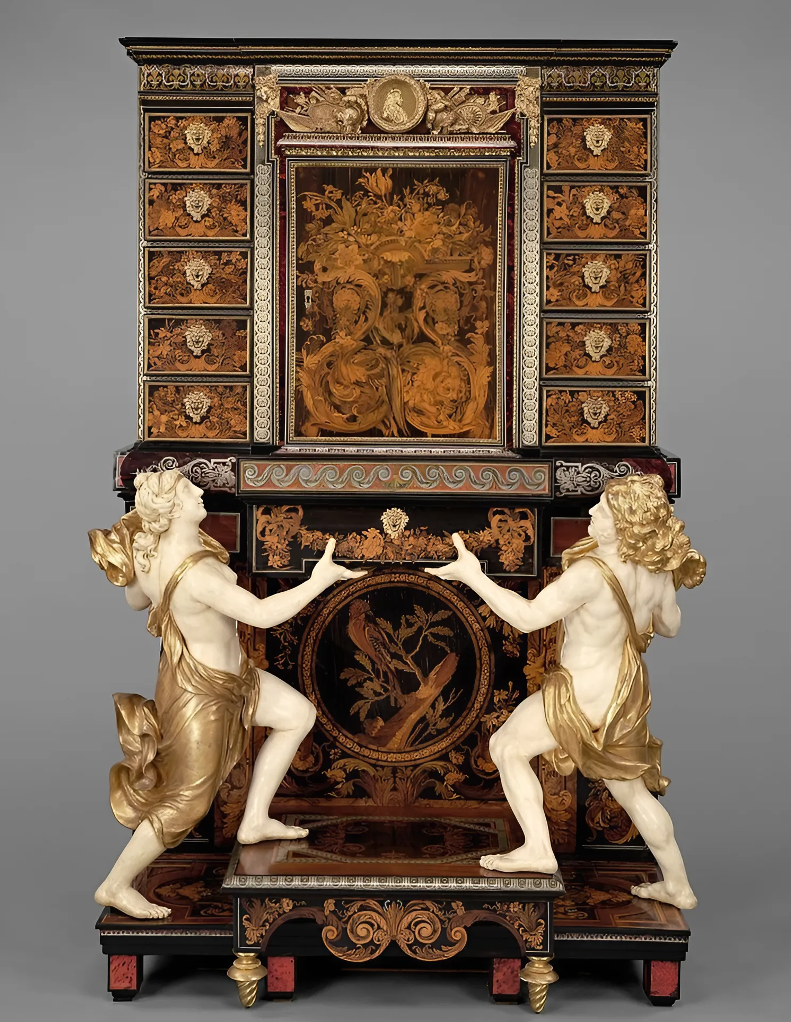
Inlay
Inlay is a decorative art technique where materials of contrasting colors or types are set into a surface that has been hollowed out. This technique, found across many cultures and time periods, enhances various objects, including furniture, musical instruments, and armor.
Inlay techniques date back to ancient times, with evidence found in Egyptian artifacts such as a pre-dynastic bone figure with lapis lazuli inlay for the eyes. This method involves carving a design into a base material and filling it with another material, such as metal, wood, or stone, to create intricate patterns or images. In East Asia, the practice became sophisticated, with metal inlays seen in ancient Chinese ceremonial vessels made of bronze and silver.
European inlay work flourished during the Renaissance, notably in Italy and France. Italian pietre dure, for example, involves using colorful stones to create detailed images on furniture and other objects. André-Charles Boulle, a renowned French cabinetmaker, perfected a form of inlay known as Boulle marquetry, combining tortoiseshell and brass in intricate designs. His work is displayed in prominent museums like the J. Paul Getty Museum.
Inlay remains a testament to human ingenuity and artistry, transcending time and geography. Collectors and experts appreciate its historical significance and the skill required to produce such intricate work. To stay updated on new inlay art sales and auction events, sign up for our updates.
Sign up for updates on inlay art and auction events to receive alerts about new products and exclusive auction opportunities.
| Country: | Africa, Ancient Egypt, Ancient Greece, Ancient Rome, Asia, China, Europe |
|---|---|
| Start of the period: | III century BC |

